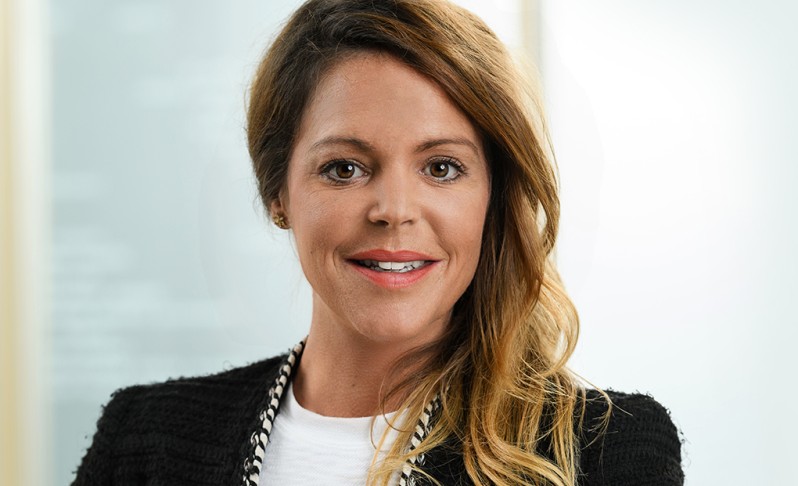
“The personal pension can be improved with a purchase into the second pillar.” Andrea Peterhans, Pension Fund Support Employee
Andrea, many people actively take care of their third pillar, but are passive with their second pillar. Can you explain briefly what options there are for playing an active role in shaping retirement benefits here, too?
One way to improve your retirement assets and, as a result, the retirement pension is to purchase voluntarily into the second pillar. You can do this if you have purchase potential. This purchase potential is often referred to colloquially as a “pension gap”.
When buying into the second pillar, you can deduct the purchase amount can from your taxable income. Also, the money in the second pillar is not counted as an asset, so there are no wealth taxes.
Whether a purchase is made primarily for tax optimisation or to improve a retirement pension is an individual matter. What is clear, is that there are options for most people to take action here.
You said a purchase makes sense where there is a pension gap. Are there life paths that lead to such gaps more often?
There are many reasons for pension gaps, but here are the most important ones: A longer break from work, whether due to education, a sabbatical or to focus on family commitments. Salary and pension increases can also lead to a pension gap, as does an improved pension plan.
If I want to make a purchase now, what should I do?
On the second page of your pension certificate, under “Additional information”, you can see your theoretical purchase potential. Important: Only the self declaration on ProfondConnect shows the actual purchasing potential. Once the actual purchase potential has been determined, the process then continues on ProfondConnect. This is explained in detail in the video.
Let’s assume the worst: Someone pays in today and dies a year later – is the money just gone?
No, don't worry. The voluntary purchases are credited to the retirement assets and, therefore, belong to the surviving dependants. If an insured person dies before reaching the reference age, the surviving dependants receive, in addition to the usual risk benefits (pension, lump sum or a combination of these), the current retirement assets will also be paid out as a lump sum payable on death. This means that no purchases are lost.
Do you have any other tips for laypeople?
It is very important that the lump sum that has been purchased in cannot be withdrawn in the form of a lump sum for three years without having to pay back the taxes that have been saved to the authorities.
If you decide to make a purchase, it can also be worthwhile to spread the purchase over several years, because it will generally allow you to benefit most from the tax advantages. A financial advisor can provide detailed information on this.
